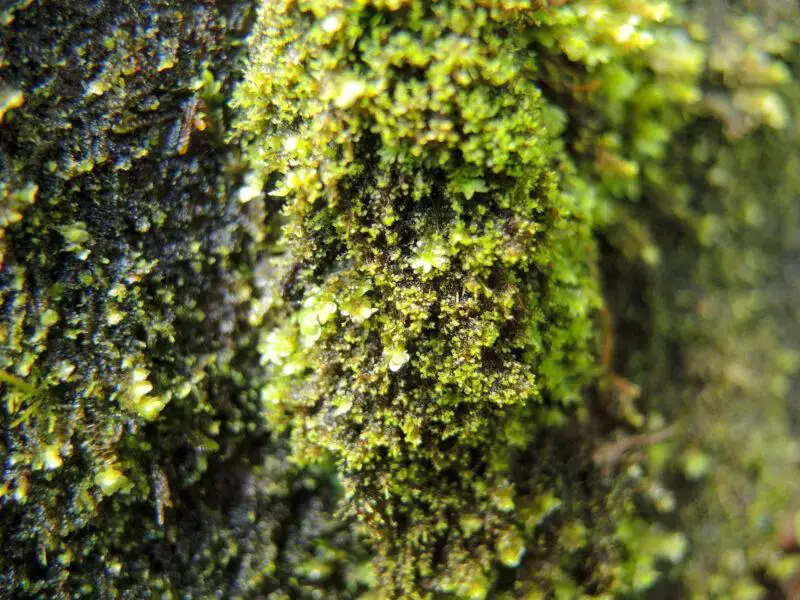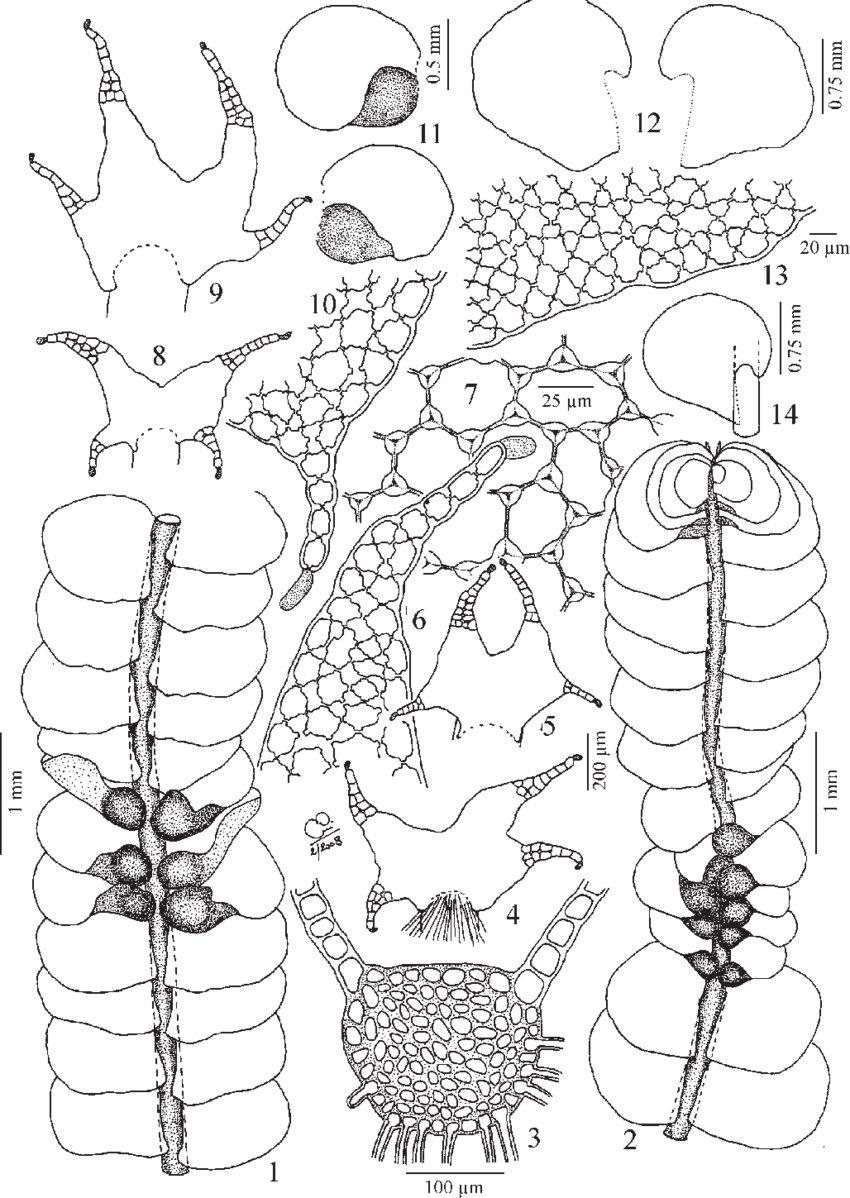
natural-dark-red-stone-crimson-quartzite-porphyry-overgrown-moss-lichen-natural-dark-red-stone-crimson-quartzite-porphyry-173035040.jpg from: https://www.dreamstime.com/natural-dark-red-stone-crimson-quartzite-porphyry-overgrown-moss-lichen-natural-dark-red-stone-crimson-quartzite-porphyry-image173035040
Exploring the Fascinating World of Leptoscyphus porphyrius (Nees) Grolle Moss
Introduction
Mosses are some of the most ancient and resilient plants on Earth, with over 12,000 species found across the globe. In this blog post, we’ll take a closer look at one particularly interesting species:

Fleischmannia-microstemon-var-paniculata-HRob-isotype-US_Q320.jpg from: https://www.researchgate.net/figure/3-Chonocolea-doellingeri-Nees-Grolle-1-Mature-plant-aspect-2-Perianth-and_fig1_283490741
Leptoscyphus porphyrius (Nees) Grolle, also known simply as Leptoscyphus. This small but mighty moss belongs to the Lophocoleaceae family and has some unique characteristics that make it stand out. Let’s dive in and learn more about this fascinating plant!
Background
Leptoscyphus porphyrius is a species of leafy liverwort, which is a type of non-vascular plant in the division Marchantiophyta. Liverworts are similar to mosses but have a few key differences. They tend to have flatter, more lobed leaves compared to the simpler leaves of mosses. Liverworts also have different reproductive structures.

Figura-4-Cheilolejeunea-acutangula-Nees-Grolle-A-Gametofito-vista-ventral-B_Q320.jpg from: https://www.researchgate.net/figure/Figura-4-Cheilolejeunea-acutangula-Nees-Grolle-A-Gametofito-vista-ventral-B_fig4_319991927
Leptoscyphus is classified in the order Jungermanniales, which contains around 85% of liverwort species. The Lophocoleaceae family that it belongs to has a nearly worldwide distribution.
Morphology and Identification
Leptoscyphus porphyrius forms loose mats of prostrate shoots on its substrate. The shoots are irregularly branched and can reach 1-3 cm long. Its leaves are succubous (meaning the upper edge of each leaf overlaps the lower edge of the leaf above it). The leaves are oblong to obovate in shape with a rounded to retuse apex. They are typically 0.7-1.2 mm long.
One of the most distinctive features of L. porphyrius is the purple-red secondary pigmentation often seen on its shoots and leaves, especially when exposed to bright light. This is where the species epithet “porphyrius” comes from, meaning “purple-red.”
Under a microscope, the leaf cells are seen to have trigones (thickenings at the cell corners) and occasionally intermediate thickenings. Underleaves (smaller leaves on the underside of the stem) are usually present and bilobed.
Global Distribution and Habitat
Leptoscyphus porphyrius has a subcosmopolitan distribution, meaning it is found in many parts of the world but with some gaps. It is known from Europe, Asia, Africa, and the Americas. The species is notably absent from Australia.
This moss is found in a variety of habitats including on

DSCN9672_Leptoscyphus-cuneifolius-800×600.jpg from: https://www.britishbryologicalsociety.org.uk/learning/species-finder/leptoscyphus-cuneifolius/
soil, rocks, tree bark, and decaying wood. It tends to prefer humid, shaded environments such as in forests and near streams or waterfalls. In some areas it is an epiphyte, growing on other plants.
Ecological Roles and Adaptations
Like other bryophytes (mosses and liverworts), Leptoscyphus plays important roles in its ecosystem:

Leptoscyphus-sotiauxii-Vanderp-Schaef-Verw-DG-Long-sp-nov-drawn-from-the.png from: https://www.researchgate.net/figure/Leptoscyphus-sotiauxii-Vanderp-Schaef-Verw-DG-Long-sp-nov-drawn-from-the_fig2_233670869
- Helps retain moisture and prevent erosion
- Provides shelter and food for micro-organisms and small invertebrates
- Participates in nutrient cycling

FnqDu08X0AICIAp.jpg from: https://twitter.com/AverisBen/status/1619754186174009344
- Can be a pioneer species that colonizes disturbed areas

haplomitrium-e1262134-81b4-4b24-932a-2a93d8adfb7-resize-750.jpeg from: https://alchetron.com/Haplomitrium

5155.jpg from: https://www.mykoweb.cz/houba/tylopilus-porphyrosporus
The purple pigmentation seen in L. porphyrius may help protect it from UV radiation in brightly lit environments. The species can survive periods of desiccation by going dormant until moisture returns.
Conclusion
The small but vibrant Leptoscyphus porphyrius is a beautiful example of the incredible diversity found in the world of mosses and liverworts. Its ability to thrive in many habitats across the globe demonstrates the resilience and adaptability of these ancient plants.
2934349b033b5bb5c9eaed567384c239b6003af31659-bkimg-process,v_1,rw_1,rh_1,pad_1,color_ffffff from: https://baike.baidu.com/item/四川薄萼苔/62772763
Next time you’re out in nature, take a closer look – you may just spot a patch of purple Leptoscyphus making its quiet but important contribution to the ecosystem. What other tiny wonders are waiting to be discovered?